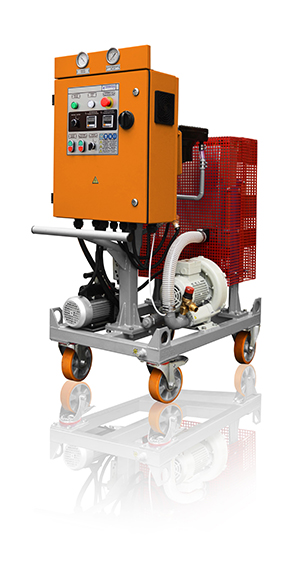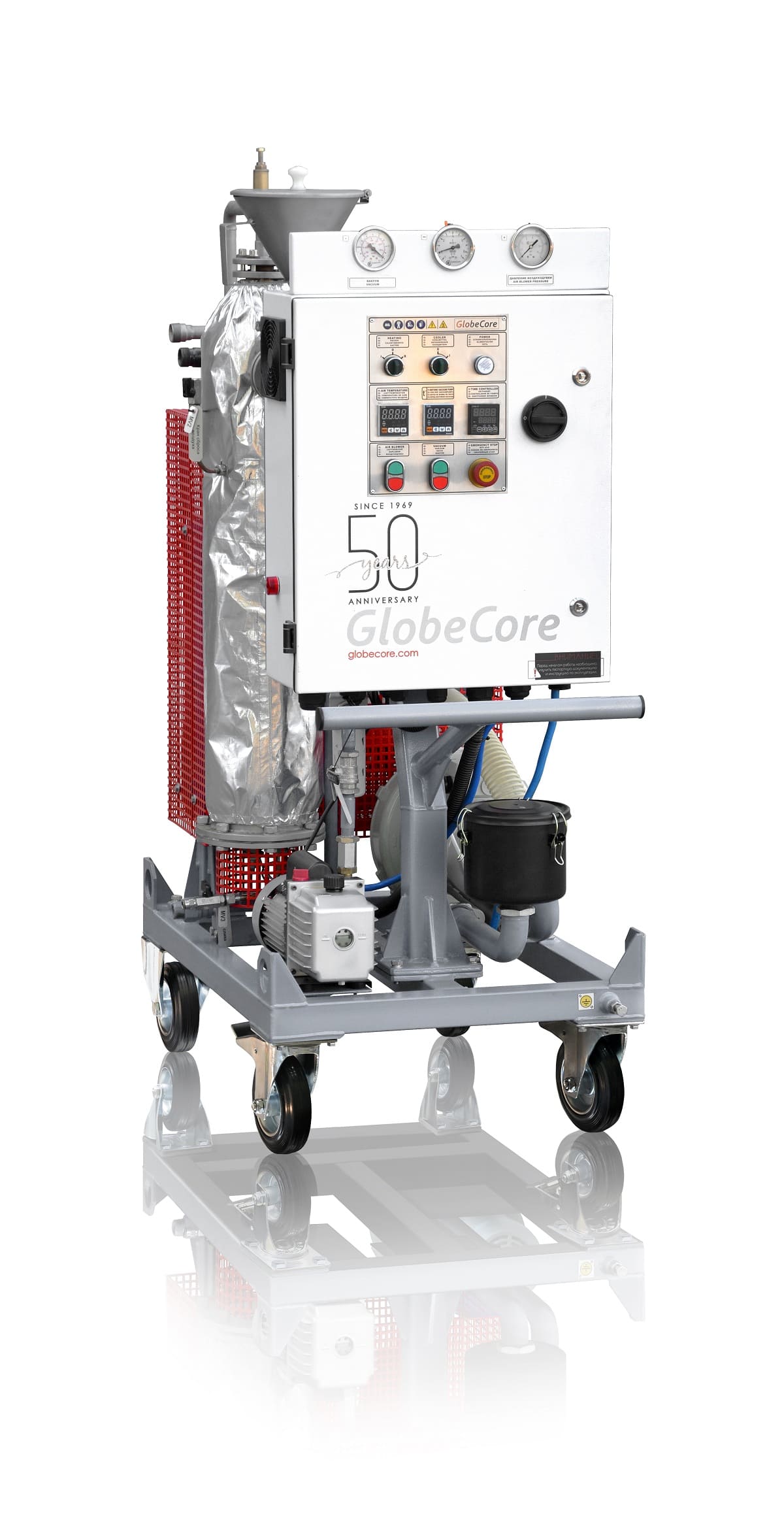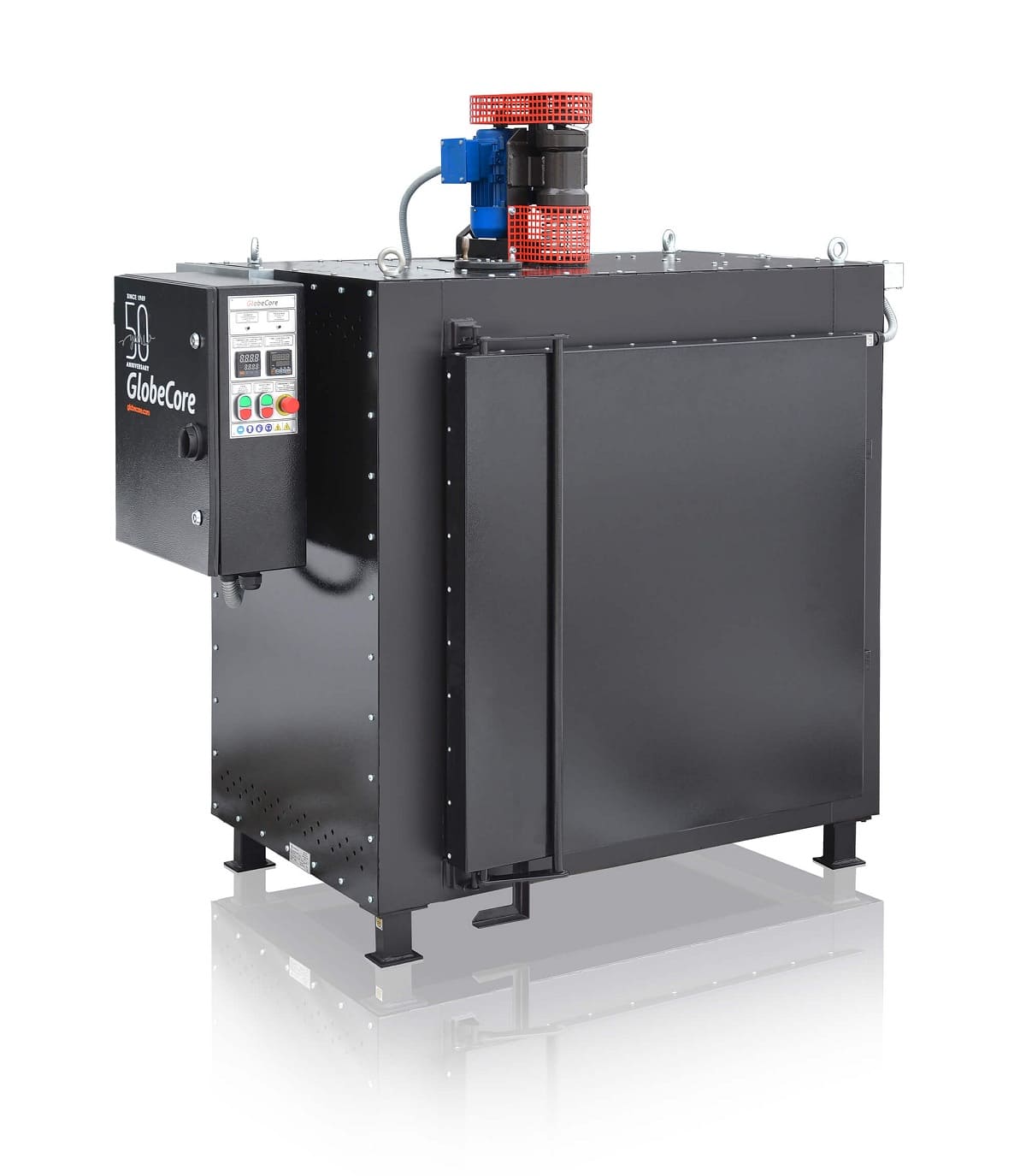How is zeolite catalyst regeneration carried out?
- This topic has 1 reply, 2 voices, and was last updated 1 year, 2 months ago by .
Answers
-
September 14, 2024 at 10:20 am by Agostino Falcone
Zeolite catalyst regeneration is typically carried out through the following steps:
Burn-off of Carbon Deposits: The zeolite catalyst is heated to high temperatures (around 400°C to 600°C) in the presence of oxygen or air to burn off carbon or coke deposits that have accumulated during catalytic reactions.
Purging: After the burn-off, inert gases or air are passed through the zeolite to remove any remaining volatile compounds.
Restoring Active Sites: The temperature and environment are carefully controlled to ensure that the zeolite’s active sites, which were blocked by contaminants, are restored to their full functionality.
Cooling: Once the contaminants have been removed, the zeolite is cooled to operational temperatures and can be returned to service.
This regeneration process allows the zeolite catalyst to regain its activity for future catalytic cycles.



